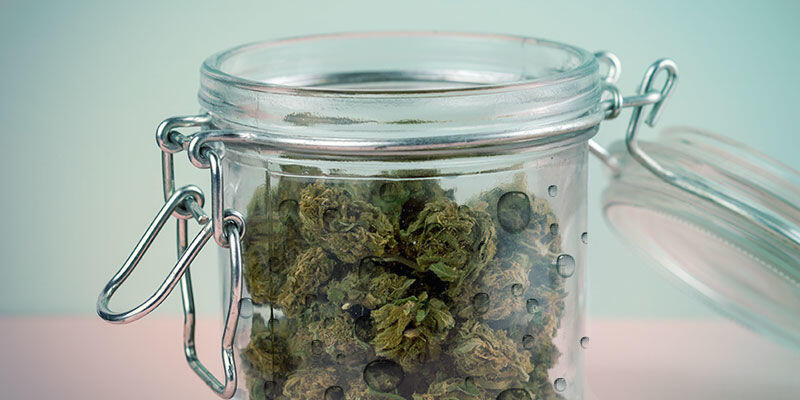Call it cannabis, marijuana, or weed, this versatile plant is gaining widespread attention for its diverse properties. Historically associated with taboos and misconceptions, its shift in public perception has been nothing short of remarkable.
In simple words, this plant has piqued the interest of many, leading to more informed conversations about its potential benefits. One popular topic of discussion is “The difference between recreational and medical marijuana.”
Perhaps this topic has also gained your attention, which explains why you clicked on this article. Well, you’ve come to the right place. Below, we’ve explained in detail the difference between both. Let’s begin!
Purpose of Consumption
Recreational Marijuana: As the name suggests, it is used mainly for enjoyment, relaxation, and connecting with friends or social groups. It’s about experiencing a change in mood, maybe seeing things a bit differently, or simply letting go of stress.
Due to its purpose, many people look for edibles, concentrates, or strains that they can enjoy during vacations, parties, or while at home. To use one word as a purpose of recreational cannabis, it would be to get “high.”
Medical Marijuana: Its primary purpose is related to health and well-being using the therapeutic properties of plants. But how can medical marijuana benefit you? To find out, you’d typically need to consult a doctor first. They’ll diagnose your conditions, be it pain, sleep issues, or other medical conditions, and accordingly prescribe the product (along with dosage) to you.
In fact, some people use it to calm their anxiety, while others might find it helps improve appetite or reduce seizures. The main idea is simple: it’s not about getting “high” but about getting “better.”
Requirement of Marijuana Card
Recreational Marijuana: In states where recreational use is legalized (Colorado, Washington, and Alaska- to name a few), adults age 21 and older can purchase and consume marijuana products without any special documentation.
However, you do need to show a valid identification card, much like purchasing alcohol, to ensure that you are of legal age.
Medical Marijuana: As medical marijuana is prescribed by the doctor, it operates under a different set of protocols. That’s why you need a marijuana card. It’s basically a certification that you qualify for medicinal cannabis use based on your health conditions.
With a marijuana card, you can access specialized dispensaries, often obtaining strains and products tailored to your therapeutic needs, which might not be available on the recreational market. It ensures a regulated, safe, and effective approach to your cannabis-based treatment.
THC vs. CBD Concentrations
Recreational Marijuana: Most recreational strains are used for their THC (tetrahydrocannabinol) content. It’s the primary psychoactive component that gives you the euphoric “high.”
While they may still contain CBD (cannabidiol), it’s typically in lower amounts. Moreover, its non-intoxicating properties might be overshadowed by the dominant THC.
Medical Marijuana: Stains or products approved for medical use frequently emphasize a balanced or dominant CBD profile. CBD doesn’t produce the classic high, but it’s revered for its therapeutic benefits, such as anti-inflammatory, anti-anxiety, and seizure-reducing properties.
Even so, some medical conditions might benefit from a combination of THC and CBD. So, it’s not uncommon to find strains with varying ratios tailored to specific therapeutic needs.
Product Variety and Quality
Recreational Marijuana: It goes without saying this market thrives on diversity, offering a wide array of products designed to cater to every consumer’s palate and preference. Walk into a dispensary; you might get overwhelmed (in a good way) with the option of gummies, chocolates, beverages, and buds available.
These products often prioritize flavor, potency, and the overall experience. In addition to this, brands compete in creativity, coming up with unique strains and consumption methods. It ensures you get an experience as enjoyable as it is varied.
Medical Marijuana: This sector is more focused on consistency, safety, and therapeutic value. That’s why the products are often designed to address specific medical conditions or symptoms. For instance, you might find oils, tinctures, or capsules with precise dosages to ensure consistent treatment.
Here, edibles may focus less on taste and more on delivering a set amount of cannabinoids. Likewise, rigorous quality control measures and lab testing become vital to guarantee your safety, ensuring that each product is free from contaminants and matches its label in terms of cannabinoid content.
To Sum It All Up
While it’s true that both recreational and medical marijuana originate from the same plant, their purposes, regulations, and societal perceptions differ considerably. Moreover, as the marijuana industry grows, understanding these differences becomes more crucial. So, regardless of where one stands on the issue, being informed ensures a more refined and comprehensive perspective.


